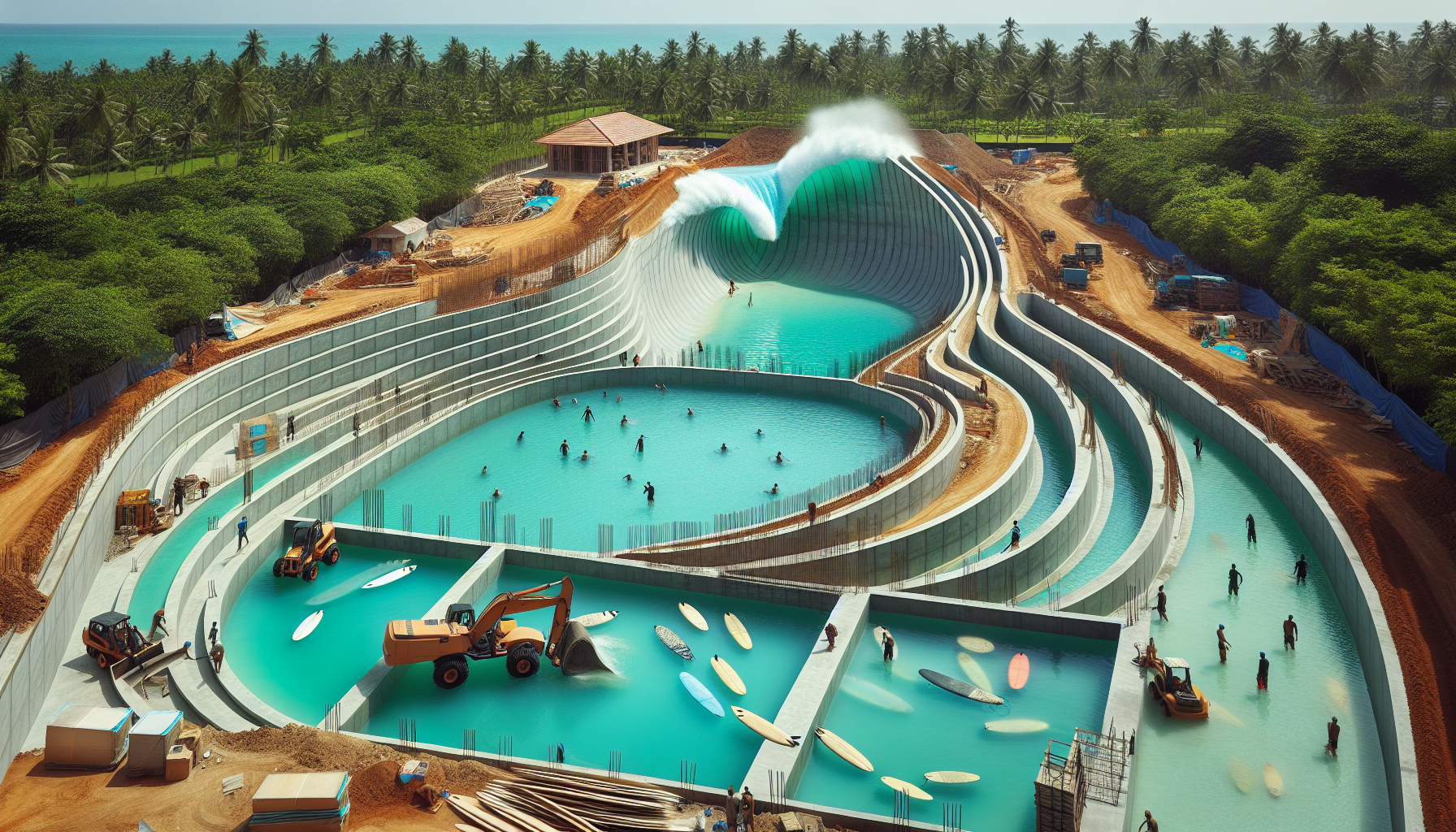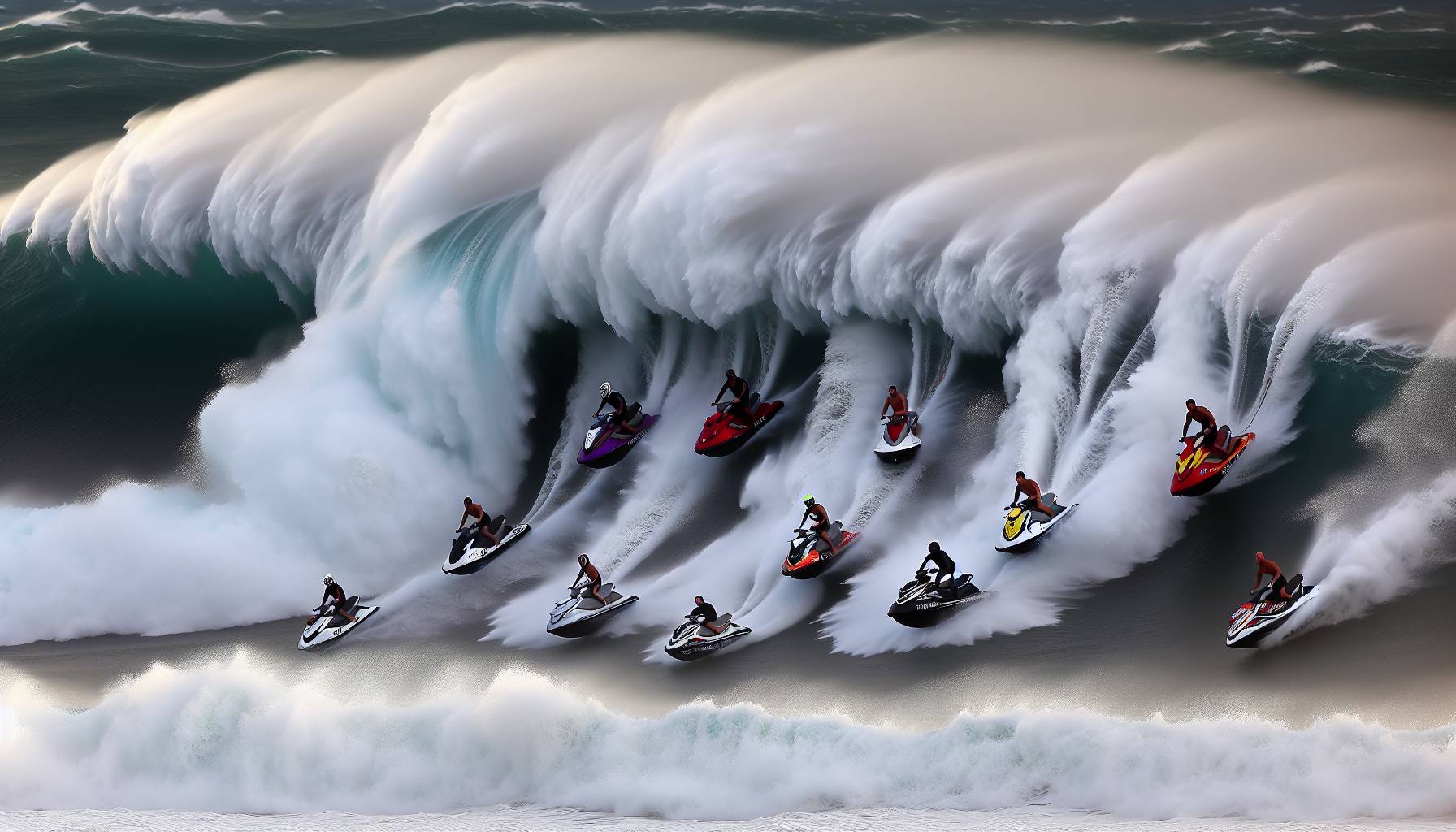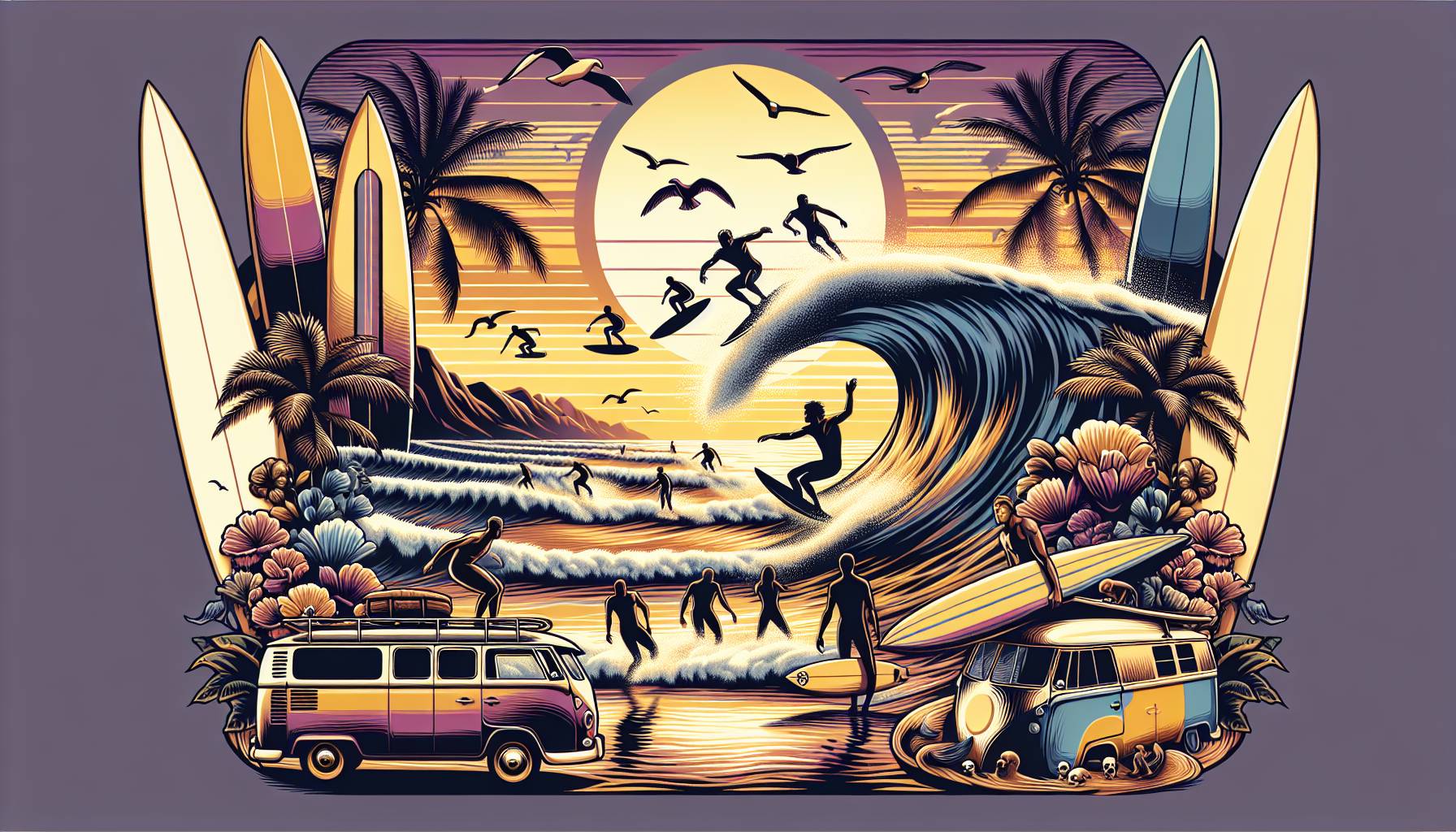
Promoting biodiversity through conservation efforts
Australia’s coastal ecosystems are home to an incredible array of marine and terrestrial species, many of which are under threat due to habitat destruction, pollution, and climate change. Conservation efforts play a crucial role in preserving biodiversity, ensuring that future generations can continue to enjoy the natural beauty of the country’s beaches, reefs, and coastal forests.
One of the key initiatives supporting biodiversity is the restoration of native vegetation along coastal dunes. These dunes act as natural barriers, protecting inland areas from erosion while providing essential habitats for wildlife. By planting native grasses and shrubs, conservation groups help stabilise the dunes and create a thriving environment for birds, reptiles, and insects.
Marine conservation is equally important, particularly in areas popular with surfers. Coral reefs, seagrass meadows, and mangrove forests serve as breeding grounds for fish and other marine life, contributing to the overall health of the ocean. Efforts to reduce plastic pollution, minimise boat traffic in sensitive areas, and establish marine protected zones all contribute to maintaining these vital ecosystems.
“Healthy oceans mean better waves and a thriving marine environment. Protecting biodiversity isn’t just about saving wildlife—it’s about preserving the places we love to surf.”
Surfers and beachgoers can actively participate in conservation by supporting local initiatives such as beach clean-ups, citizen science projects, and sustainable tourism practices. Simple actions like reducing single-use plastics, respecting wildlife habitats, and advocating for stronger environmental policies can make a significant impact.
- Join local conservation groups focused on coastal restoration.
- Support sustainable surf brands that prioritise eco-friendly materials.
- Participate in community-led beach clean-ups to reduce plastic waste.
- Educate others about the importance of marine biodiversity and conservation.
By taking part in these efforts, individuals can help protect Australia’s unique coastal ecosystems while ensuring that the ocean remains a vibrant and thriving space for both wildlife and surfers alike.
Encouraging personal connections with nature
Spending time in nature has a profound impact on mental and physical well-being, and for surfers, the ocean is more than just a playground—it’s a place of connection, reflection, and renewal. Engaging with the natural world fosters a deeper appreciation for its beauty and fragility, encouraging individuals to become stewards of the environment they love.
Surfing itself is an immersive experience that naturally strengthens this bond. Paddling out, reading the waves, and feeling the rhythm of the ocean creates a unique relationship between surfers and the sea. This connection often leads to a greater awareness of environmental changes, such as water quality, shifting sandbanks, and the presence of marine life. By tuning into these elements, surfers develop a respect for the delicate balance of coastal ecosystems.
Beyond surfing, simple activities like walking along the shoreline, observing wildlife, or even taking a moment to appreciate a sunrise over the water can deepen one’s connection to nature. These experiences remind individuals of the importance of preserving the environment, not just for recreation but for the health of the planet.
“The more time we spend in nature, the more we understand its rhythms and the need to protect it. Every wave we ride is a reminder of the ocean’s power and beauty.”
Encouraging personal connections with nature can also be achieved through mindfulness practices. Many surfers incorporate meditation or breathwork into their routines, using the ocean as a space for mental clarity and relaxation. These practices not only enhance performance in the water but also reinforce a sense of responsibility toward the environment.
- Take time to observe the natural surroundings before and after a surf session.
- Engage in eco-friendly habits, such as using reef-safe sunscreen and reducing plastic waste.
- Share experiences with friends and family to inspire a collective appreciation for nature.
- Support local initiatives that promote environmental awareness and conservation.
By fostering a personal connection with nature, individuals are more likely to take action in protecting it. Whether through surfing, mindfulness, or simple daily habits, every effort contributes to a healthier and more sustainable coastal environment.
Community involvement and educational programs
Community-driven initiatives play a vital role in fostering environmental awareness and action, particularly within Australia’s coastal regions. By engaging local communities in conservation efforts, these programs not only enhance biodiversity but also strengthen the connection between individuals and their natural surroundings. Educational programs, workshops, and hands-on activities empower people of all ages to take an active role in protecting the ecosystems they cherish.
Surfing communities, in particular, have a unique opportunity to lead by example. Many surf clubs and organisations collaborate with environmental groups to host events such as dune restoration projects, marine debris surveys, and ocean awareness campaigns. These initiatives provide surfers and beachgoers with the knowledge and tools to make sustainable choices, ensuring that the beaches and waves they love remain pristine for future generations.
Schools and youth programs also play a crucial role in fostering environmental stewardship. By incorporating ocean literacy and conservation topics into educational curriculums, young Australians gain a deeper understanding of the challenges facing marine ecosystems. Hands-on experiences, such as guided coastal walks, tide pool explorations, and citizen science projects, allow students to witness firsthand the importance of protecting their local environment.
“When communities come together to protect their coastline, the impact is profound. Education and action go hand in hand in preserving the places we love.”
Local businesses and surf brands are increasingly recognising the importance of sustainability and community involvement. Many support environmental initiatives by funding conservation projects, reducing their ecological footprint, or offering eco-friendly products. By choosing to support businesses that prioritise sustainability, consumers can contribute to a larger movement toward environmental responsibility.
- Participate in local beach clean-ups and conservation projects.
- Encourage schools and surf clubs to integrate environmental education into their programs.
- Support businesses and brands that prioritise sustainable practices.
- Engage in citizen science initiatives to monitor marine biodiversity and water quality.
Through collective action and education, communities can make a lasting impact on coastal conservation. By working together, surfers, beachgoers, and local organisations can ensure that Australia’s stunning coastlines remain vibrant and full of life for generations to come.
Promoting biodiversity through conservation efforts
Alright, legends, let’s talk about keeping our backyard wild and thriving. This initiative isn’t just about planting a few trees and calling it a day—it’s about making sure our coastlines, reefs, and bushlands stay as epic as they’ve always been.
Conservation efforts are cranking up, with a focus on restoring habitats, protecting native species, and keeping invasive pests in check. Think of it like maintaining your favourite surf break—if you don’t look after it, the whole thing falls apart. From replanting dunes to safeguarding marine life, every little effort adds up.
One of the big moves is creating more protected areas where nature can do its thing without interference. That means healthier fish stocks, thriving birdlife, and better conditions for everything from sea turtles to kangaroos. And let’s be real—who doesn’t want to paddle out and see a pod of dolphins cruising by?
Another key focus is tackling pollution. Plastic waste and chemical runoff are wreaking havoc on our waterways, and if we don’t step up, we’ll be surfing in a sea of rubbish. Local clean-up crews and eco-conscious fishing practices are making a difference, but it’s on all of us to keep our playground pristine.
“If you take care of nature, nature takes care of you.”
So whether you’re casting a line, paddling out, or trekking through the bush, remember—it’s all connected. A little effort now means future generations can enjoy the same wild adventures we do today.
Encouraging personal connections with nature
Now, let’s talk about getting amongst it. This isn’t just about watching nature from the sidelines—it’s about diving in, feeling the salt on your skin, and getting your hands dirty (in the best way possible).
Ever noticed how a sunrise surf or a quiet arvo fishing session resets your whole vibe? That’s the magic of nature, and this initiative is all about helping more people experience it. Whether it’s through community tree-planting days, guided bushwalks, or ocean clean-ups, there are plenty of ways to get involved.
For the groms and the next generation of adventurers, outdoor education programs are ramping up. Schools and local groups are running hands-on experiences—think snorkelling with marine biologists, learning about native fish species, or even tracking wildlife in the bush. It’s about swapping screen time for green time.
And for those who reckon they’ve seen it all, there’s always something new to discover. Ever tried night diving to see bioluminescent plankton? Or paddled through a mangrove forest at sunrise? Nature’s got more surprises than a rogue set on a big swell.
“The more you connect with nature, the more you want to protect it.”
So, whether you’re chasing waves, reeling in a big one, or just soaking up the serenity, take a moment to appreciate the wild beauty around you. The more we immerse ourselves in it, the stronger our connection—and responsibility—to keep it thriving.

